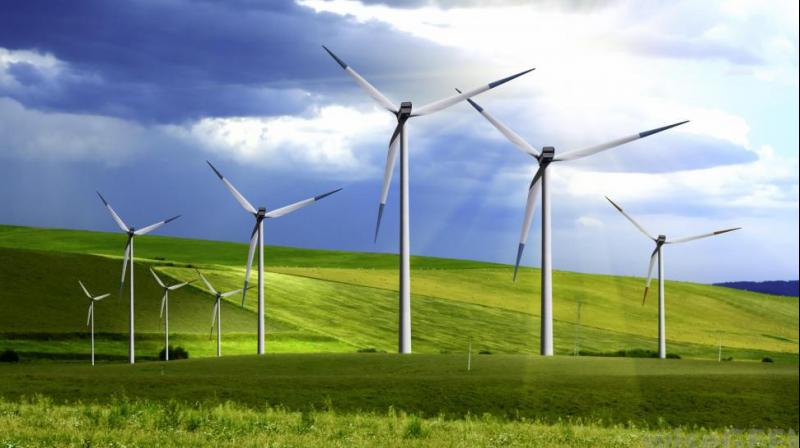Opportunity for more sustainable energy with new hydronium-ion battery

The world's first battery to use only hydronium ions as the charge carrier has been been developed by scientists.
A new type of battery developed by scientists at Oregon State University shows promise for sustainable, high-power energy storage.
The study was published in journal Angewandte Chemie International Edition.
Hydronium, also known as H3O+, is a positively charged ion produced when a proton is added to a water molecule. Researchers in the OSU College of Science have demonstrated that hydronium ions can be reversibly stored in an electrode material consisting of perylenetetracarboxylic dianhydridem, or PTCDA.
Graduate student Xingfeng Wang was the first author on the study, said, "This may provide a paradigm-shifting opportunity for more sustainable batteries," said Xiulei Ji, assistant professor of chemistry at OSU and the corresponding author on the research.
"It doesn't use lithium or sodium or potassium to carry the charge, and just uses acid as the electrolyte. There's a huge natural abundance of acid so it's highly renewable and sustainable."
He also pointed out until now, cations - ions with a positive charge - that have been used in batteries have been alkali metal, alkaline earth metals or aluminum," he said
The study observed, the electrode was being charged, and the PTCDA structure expanded, by hydronium ions, rather than extremely tiny protons, which are already used in some batteries.
"Organic solids are not typically contemplated as crystalline electrode materials, but many are very crystalline, arranged in a very ordered structure," Ji said. "This PTCDA material has a lot of internal space between its molecule constituents so it provides an opportunity for storing big ions and good capacity."
"It's not going to power electric cars. But it does provide an opportunity for battery researchers to go in a new direction as they look for new alternatives for energy storage, particularly for stationary grid storage," he added.
The hydronium ions also migrate through the electrode structure with comparatively low friction, which translates to high power.

